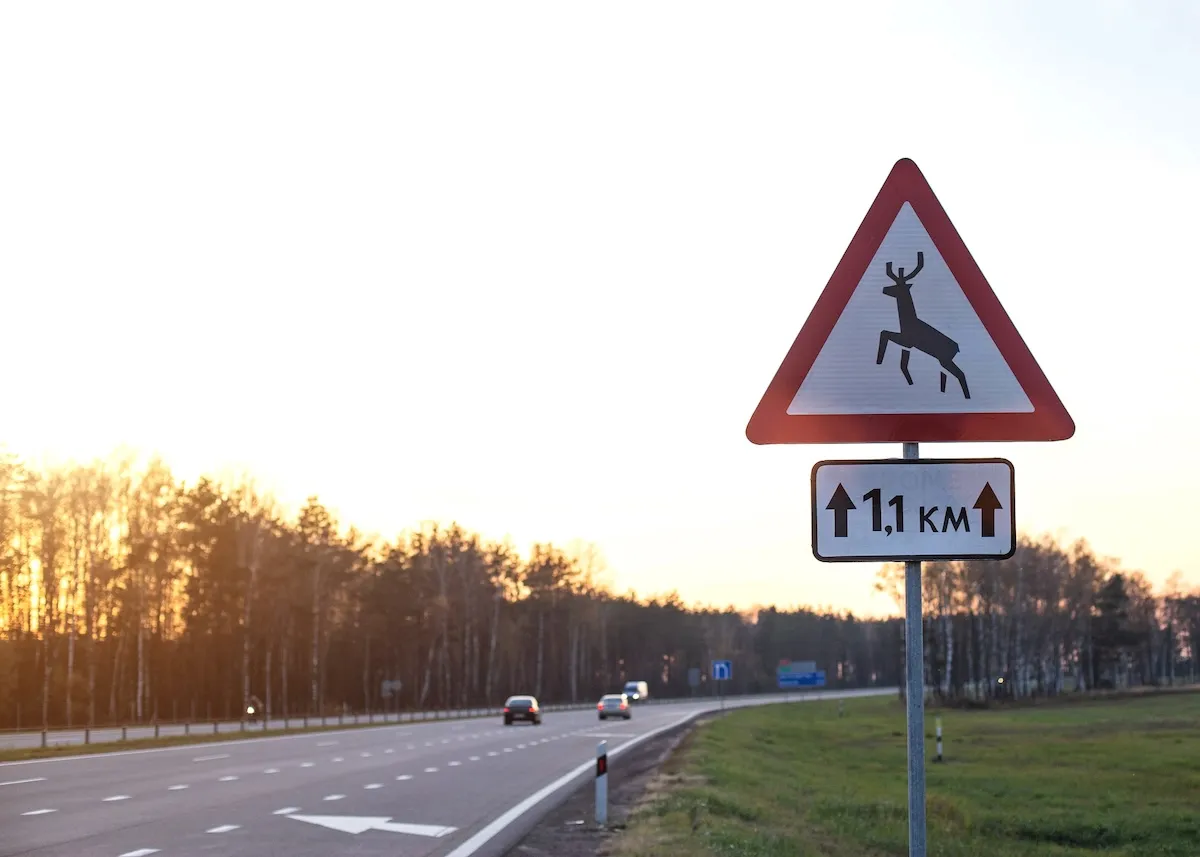

Bear Grylls has traversed the icy Arctic, through hot deserts, up and down the world’s tallest peaks, and through thick jungles. One thing he knows is that having a map and compass are vital if you’re on an expedition or adventure and want to find your way. “Never depend on your GPS alone,” says Bear. “That way, when your GPS is on the blink, you won’t find yourself heading the wrong way off a cliff.”
Videos by Outdoors
But what happens if you lose your map and compass and your backup GPS has no signal or power? You will need to be able to find your way back to base – in some instances as quickly as possible – to avoid extreme heat, cold or other dangers.
Lost Your Compass? Look Up

In his book, Bear Grylls Survival Camp, The Ultimate All-Terrain Training Manual, Bear explains how to use the stars for orientation – a method used by people for thousands of years before maps were drawn and compasses or GPS existed.
“If darkness falls as you are trudging the last kilometers to camp, knowing how to navigate by the stars could save your life,” says Bear. “Don’t get spooked by the dark – hold your nerve.”
The easiest way to use the stars for navigation is with a tool called a sextant. This measures the angle between a star or even the sun, and the horizon, so that you can work out your latitude – your position north or south of the equator. “Navy navigators are still taught how to use the sextant in case their electronic systems get blown up in battle,” says Bear.
Can You Find the Big Dipper?

If you don’t have a sextant, you can also find north or south using the stars. First find the North Star, one of the brightest stars in the sky by locating the Plough (also called the Big Dipper, or Ursa Major). “The two stars on the outer edge of the ‘saucepan’ point at the North Star,” says Bear.
Another way to find the North Star is to find Cassiopeia, which looks like an m or w in the sky. “A line pointing through the inner angle of the ‘w’ points to the North Star,” says Bear. Or if you find the Little Dipper, Ursa Minor, the North Star is the last star in its ‘handle’.
To find the Southern celestial pole, look at the Milky Way and follow it until you find a dark patch of sky, called the Coal Sack. Here, look for a cross of four stars, the Southern Cross, where two of the stars are extremely bright. Near here, you will see two bright stars, known as the pointer stars.
“Draw an imaginary line between these stars,” says Bear. “The point where this line intersects with a line extended from the long axis of the Southern Cross is the celestial south pole.”
The Sun Can Be Your Guide

During the day, Bear says you can find also find your way by working out where the sun is. In the northern hemisphere (above the equator), the sun shines from the south, and in the southern hemisphere, it shines from the north.
“Young trees will be lighter on the south side and darker on the north,” says Bear. He also says that branches grow out sideways to the south but upwards to the north and that a tree on its own will have more moss on the north side. Trees growing on a slope that faces south will be taller and thicker. (This will be the opposite in the southern hemisphere).
Finally, remember to follow Bear’s advice and don’t panic if you get lost. “Persistence, courage, positivity and determination are always our greatest weapon,” he says.










This is Awesome I will teach this to the Scouts Great Advice
One can also use a stick and the sticks shadow to find North. Takes time, but works.